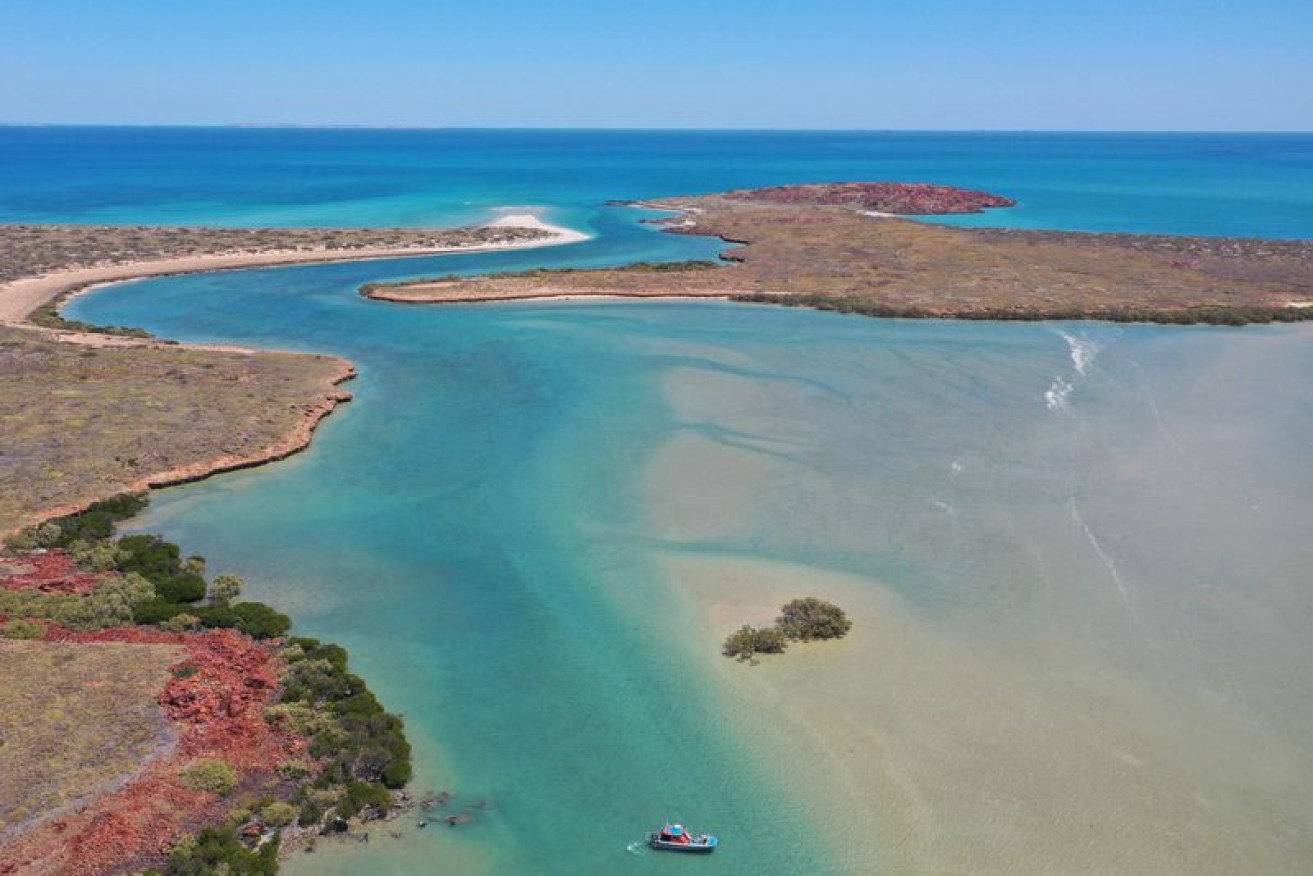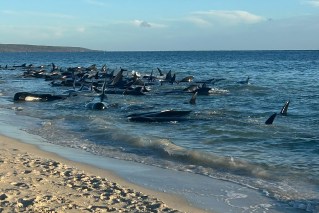First underwater Aboriginal relics found off Pilbara coast


The Murujuga site where the underwater archaeological site was uncovered. Photo: Flinders University
Scientists have discovered a 7000-year-old Aboriginal archaeological site containing hundreds of stone tools and grinding stones submerged off Western Australia’s northern coast.
In water up to 20 metres deep, off the Pilbara coast, were 269 stone artefacts designed for activities like scraping, cutting and hammering.
The ancient sunken landscape was uncovered by a team of Australian and British archaeologists who searched for submerged sites off Murujuga, a dry and rocky coastal region in north-western Australia.
Their findings, published on Thursday (Australian time), reveal a human history stretching back 65,000 years.
Researchers said the “drowned landscapes” had been habitable before sea levels rose.
Emphasis is also placed on the need for legislation to better protect and manage underwater cultural heritage on the 2 million square kilometres of drowned landscapes…where a major part of [Australia’s] human history must lie waiting to be discovered.’’
The Australian Archaeological Association described the research, titled The Deep History of Sea Country, as “highly significant”.

A single artefact was recovered from Flying Foam Passage – an area considered a high priority for future investigations. Photos: H. Yoshida; C. Wiseman; Drawing: K. Jerbić
“I think it is a significant advance in understanding the huge cultural landscapes around the coast of Australia,” association spokesman Professor Peter Veth told the ABC.
He said the confirmation that the sites exist would likely lead to further research in other locations.
“I would not be surprised if traditional owner corporations and researchers look at some of their sea countries throughout areas like the northern Great Barrier Reef, Shark Bay, and possibly the south-west [of WA] to try to match up some of those oral traditions and histories people have of the sea encroaching,” Professor Veth said.
Flinders University associate professor Jonathan Benjamin said more than 30 per cent of Australia’s massive land mass was inundated when sea levels rose after the last ice age, hiding a huge amount of ancient artefacts.
“Now we finally have the first proof that at least some of this archaeological evidence survived the process,” he said.

Photos and drawings of a sample of stone tools and their locations.
Radiocarbon dating and analysis of sea-level changes show the first site at Cape Bruguieres is at least 7000 years old. The second site, at Flying Foam Passage, is at least 8500 years old.
Flinders University’s Chelsea Wiseman, who has worked on the project as part of PhD research, said dry land stretched out 160 kilometres from the current shoreline at one point and would have been lived on by generations of Aboriginal people.
“Although these sites are located in relatively shallow water, there will likely be more in deeper water offshore,” she said.
The researchers say the discoveries highlight the need for stronger federal legislation to protect underwater heritage.








